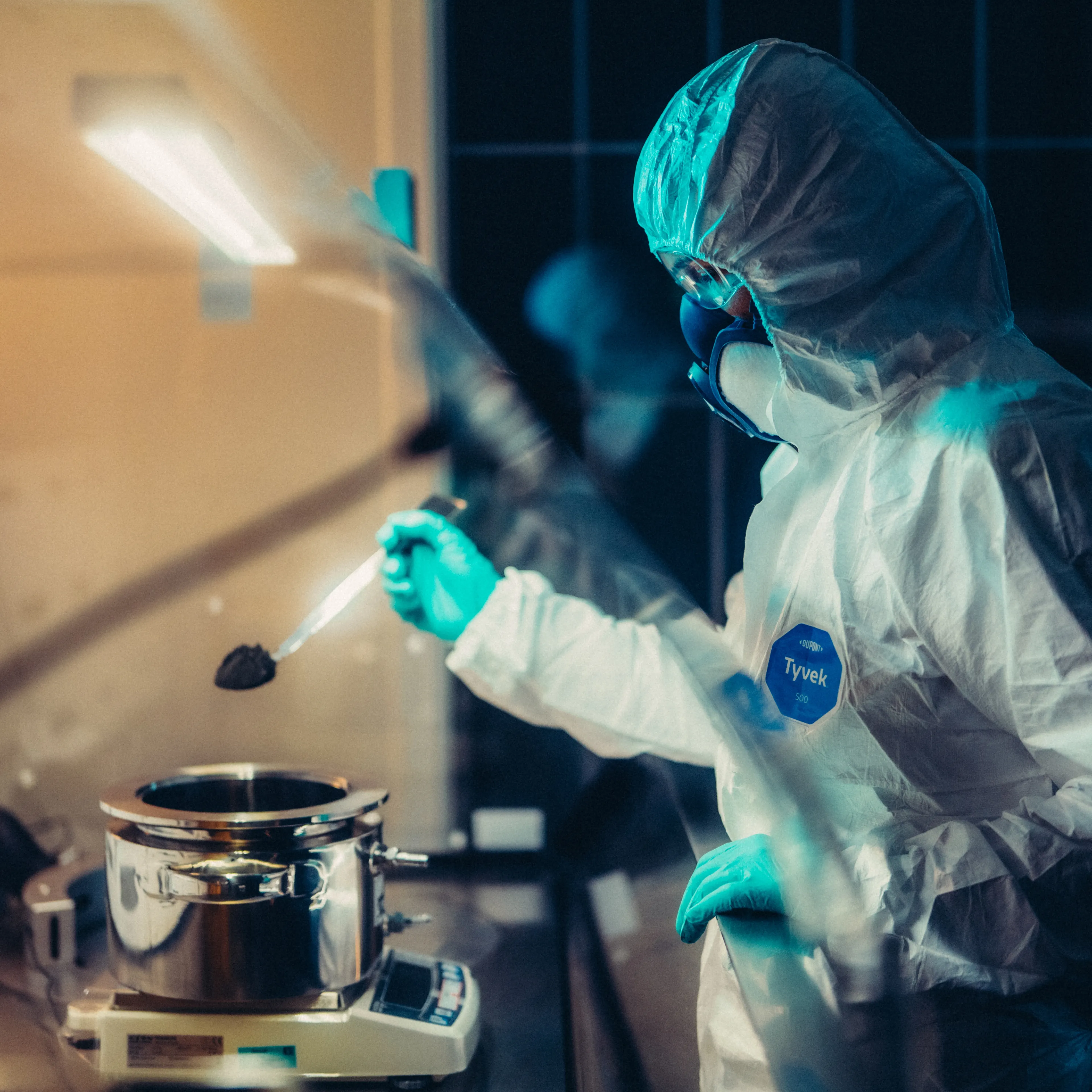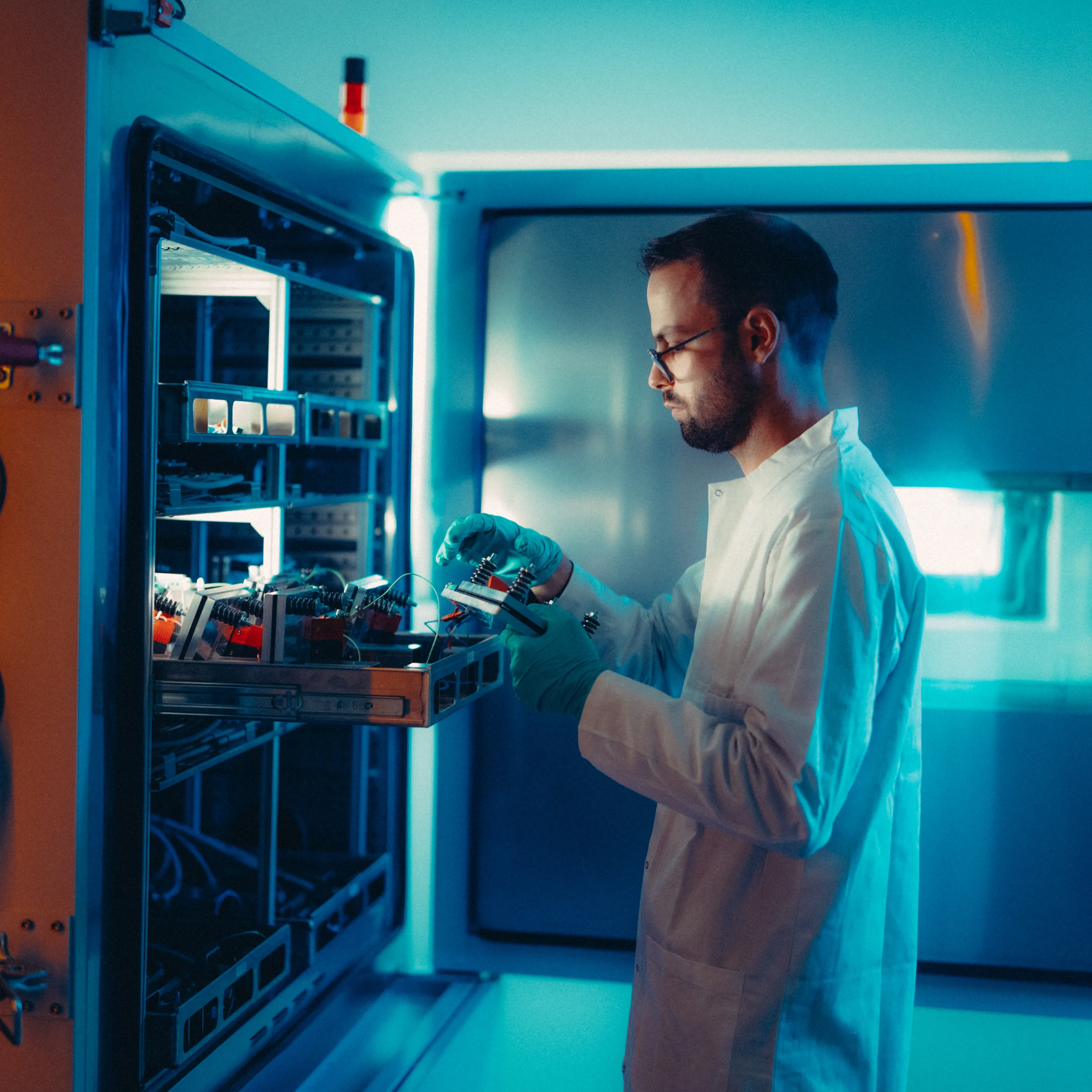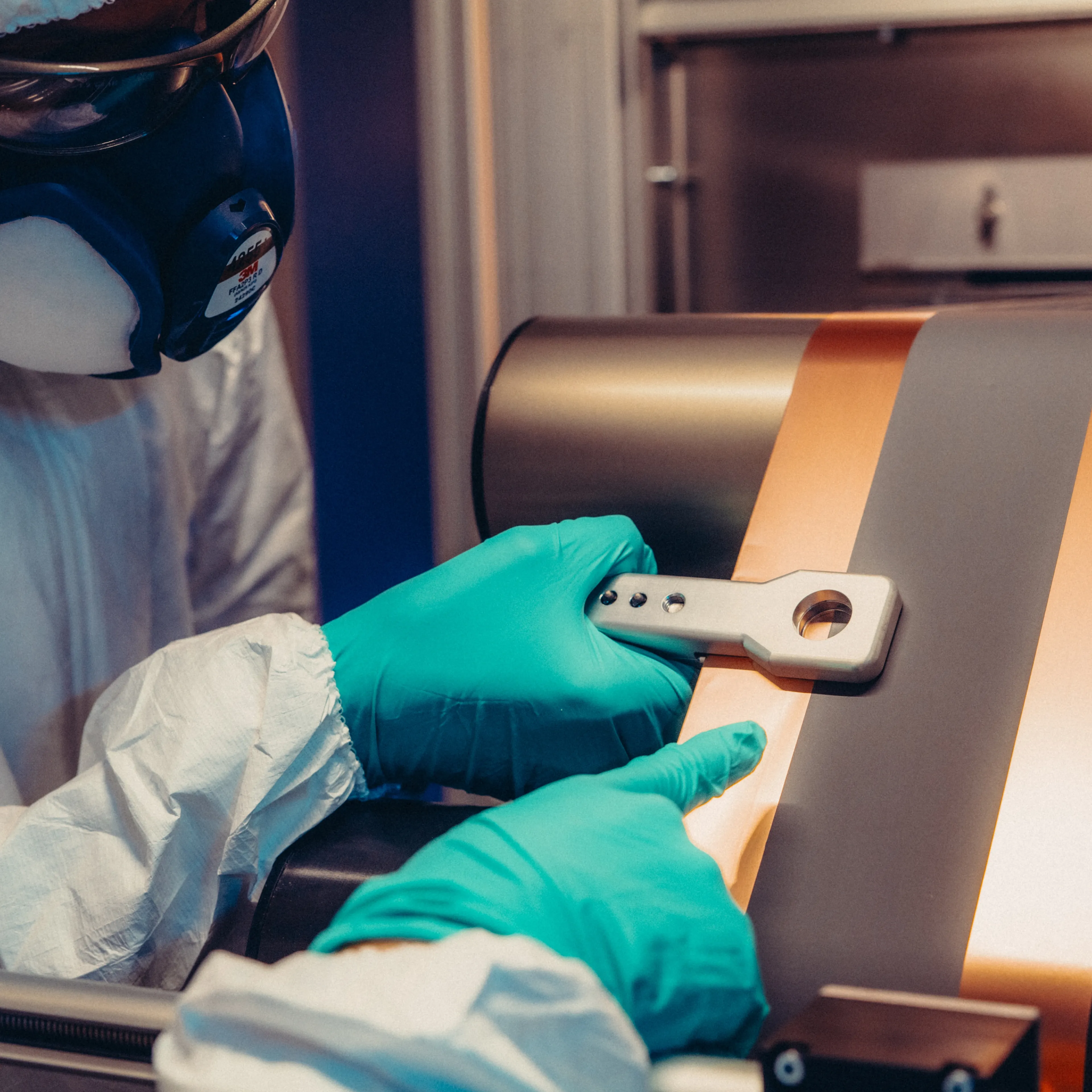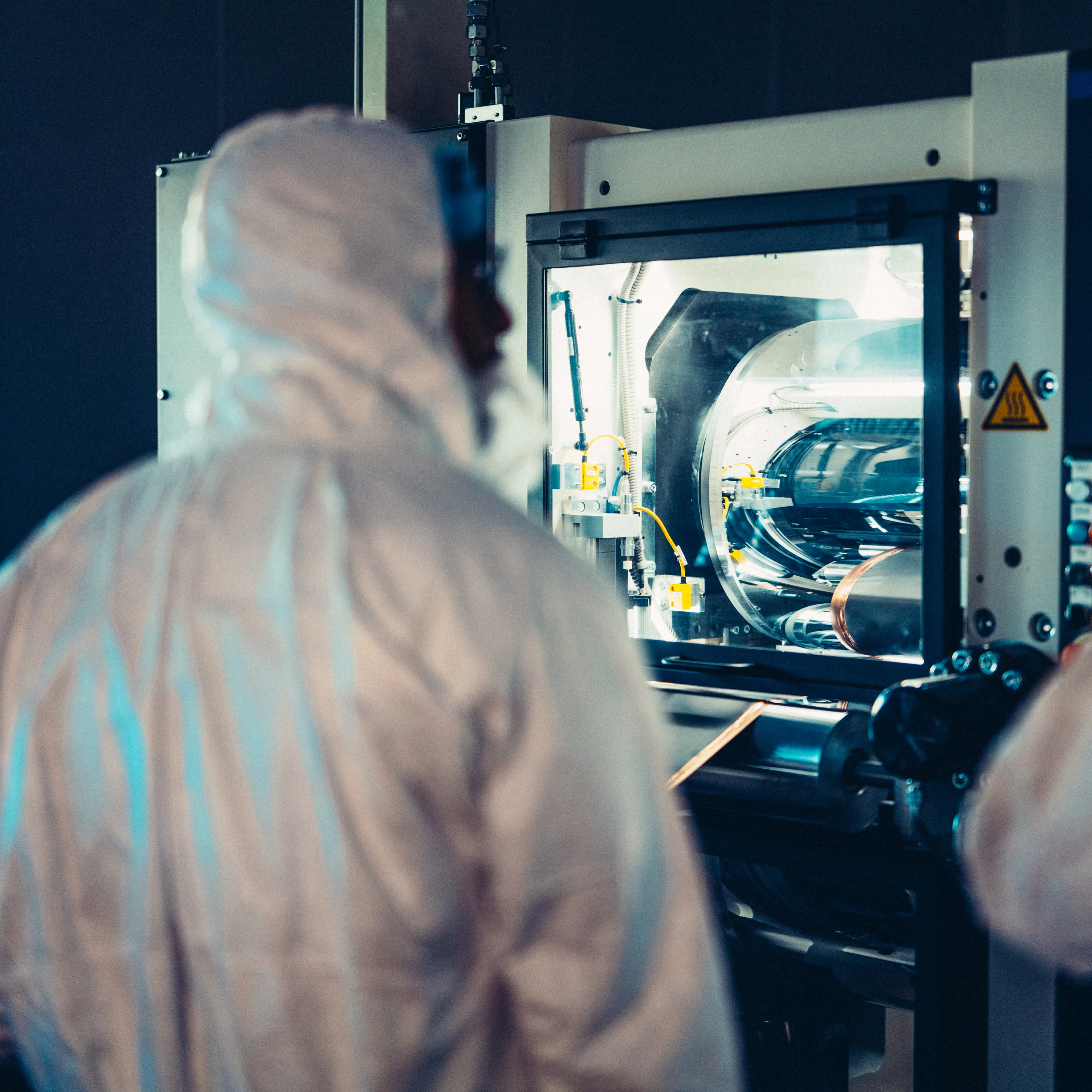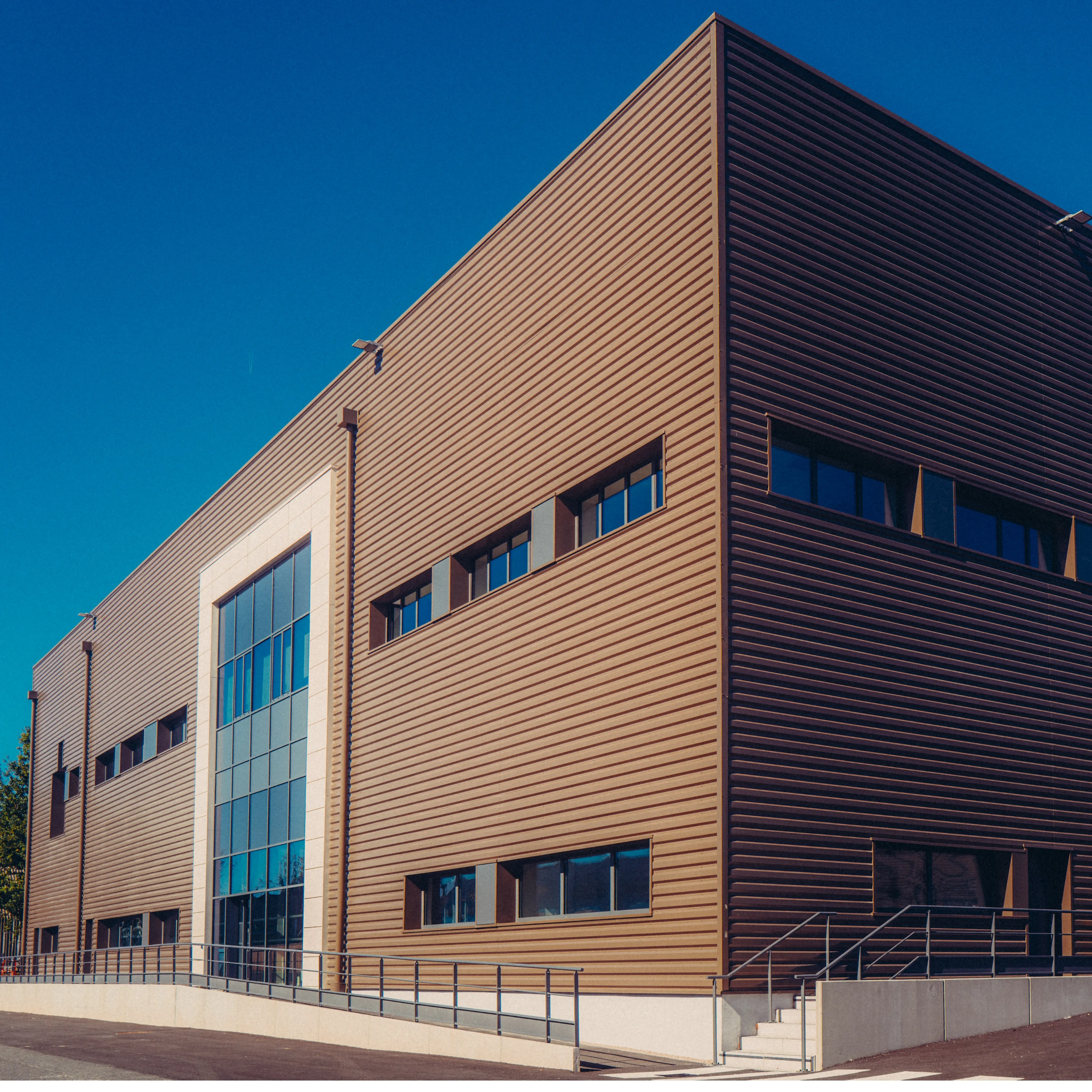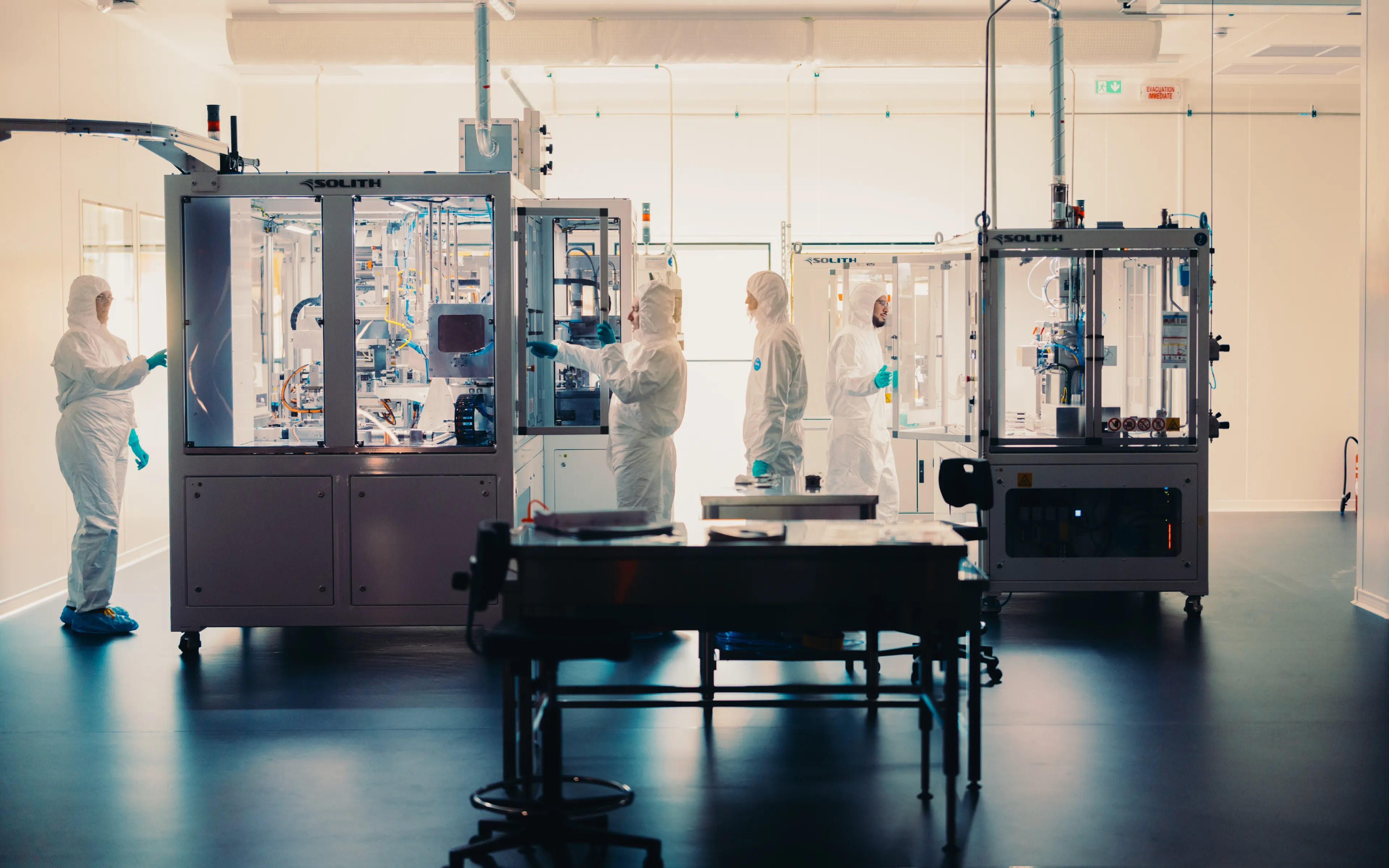Behind the scenes of the batteries of the future at the Lardy Technical Center
Published on
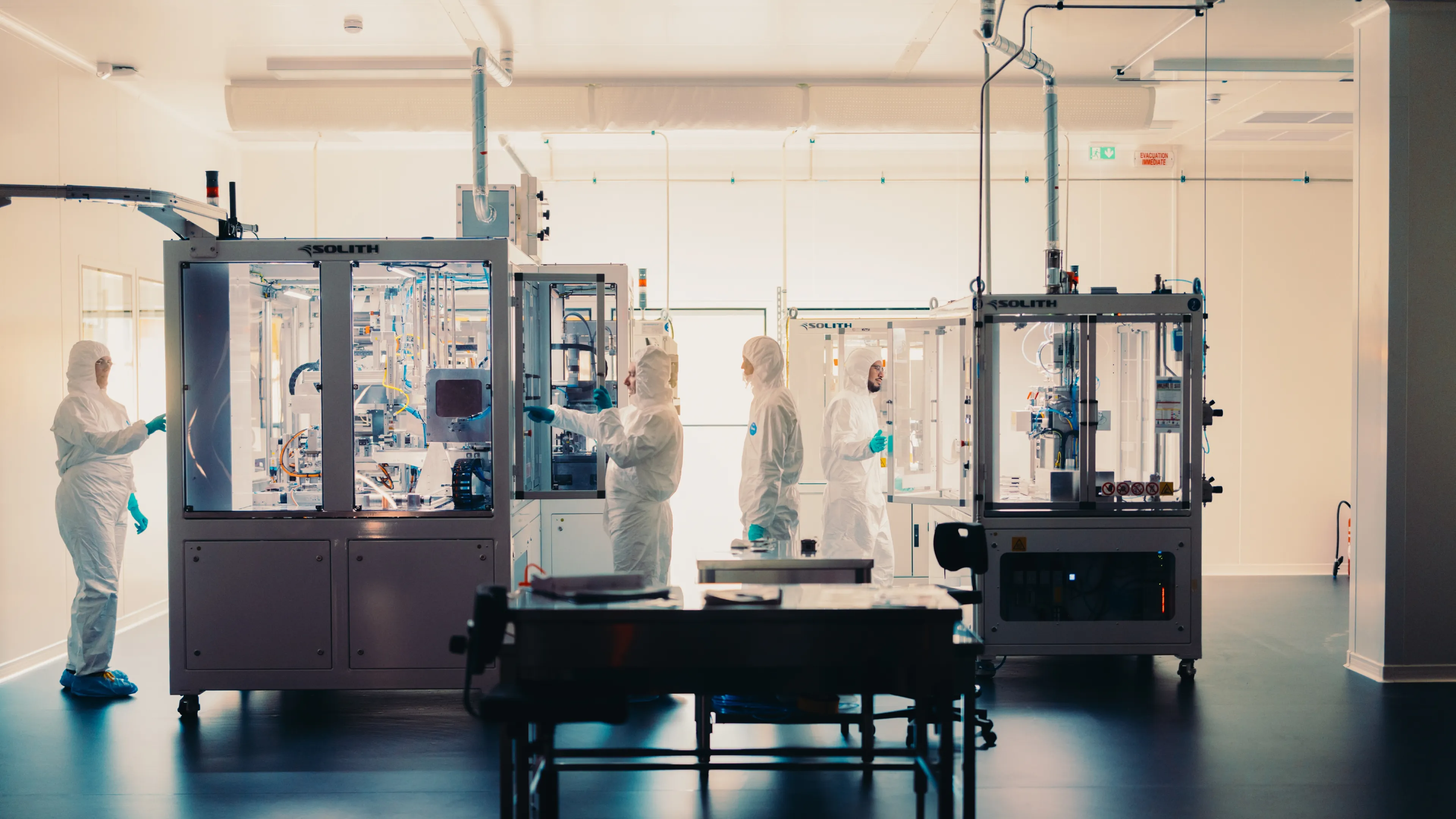
In this new innovation lab dedicated to battery cells, Ampere engineers are exploring the technologies that will define the batteries of tomorrow. Here, applied research meets industrial ambition to create solutions that are more efficient, sustainable and accessible.
Inside the lab shaping the electric revolution
Behind the glass walls of the brand-new lab, engineers in full protective gear—suits, gloves, and sometimes filter masks—are hard at work around the test benches. Their goal: to prototype tomorrow’s battery cells and evaluate their performance, studying its durability, charge and discharge speed and its thermal stability under real-life conditions.
Here, the battery turns into a real testing ground. With over 120 state-of-the-art instruments, among them a 600-square-meter anhydrous room with ultra-controlled humidity, Ampere teams, part of Renault Group’s electric division, can prototype, characterize, and analyze battery cells in real-life conditions. Temperature, stability, endurance — every parameter is monitored in detail.

“With this new laboratory, Ampere is fully asserting its role within the Group. Our mission is to explore breakthrough technologies, identify the right partners, and secure the technological choices that will make the difference tomorrow.”
Josep Maria Recasens
CEO, Ampere
The lab’s purpose is to spot promising innovations, experiment with new chemistries and evaluate potential strategic partners. Together with the E-Tech Campus of ReKnow University, soon to become a training hub for electric vehicle technologies, it forms a vibrant ecosystem for electrification in Lardy. In a world where technology advances at lightning speed, anticipating change is the ultimate advantage.
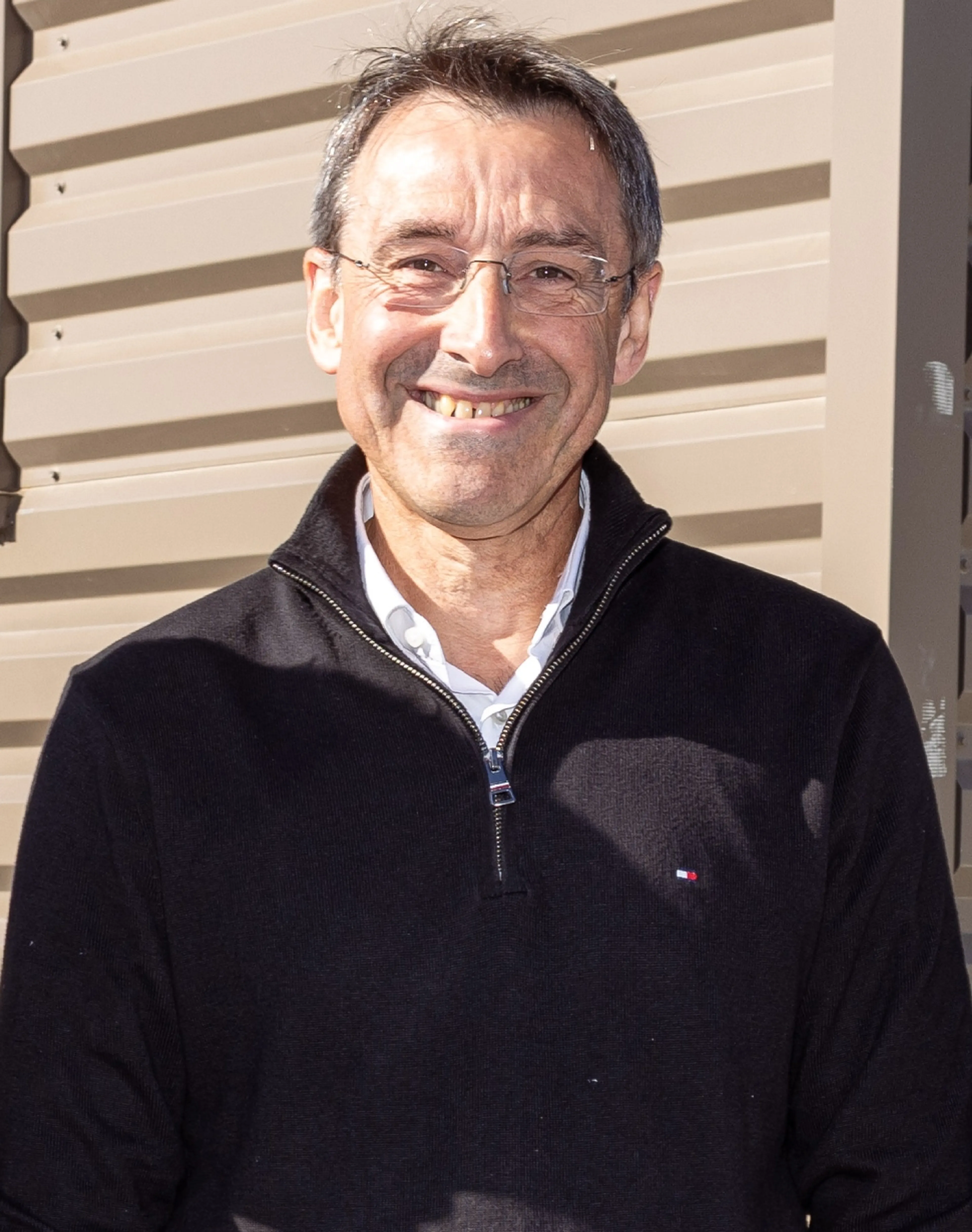
“Having our own laboratory dedicated to battery cell innovation marks a major step forward for our engineering. Together with the E-Tech Campus, they play a key role in our ambition to keep our engineering at the cutting edge of innovation.”
Philippe Brunet
Chief Technology Officer, Renault Group
Inside the heart of matter: where chemistry meets performance
Two chemistries currently dominate the battery market: NMC (Nickel-Manganese-Cobalt), valued for their high energy density, and LFP (Lithium-Iron-Phosphate), appreciated for their cost efficiency and thermal stability. Ampere is pursuing both in parallel, aiming to strike the right balance between performance, affordability and longevity. The challenge is significant: battery chemistry represents around 75% of a cell’s cost, while the battery itself makes up 30% to 50% of an electric vehicle’s total price.
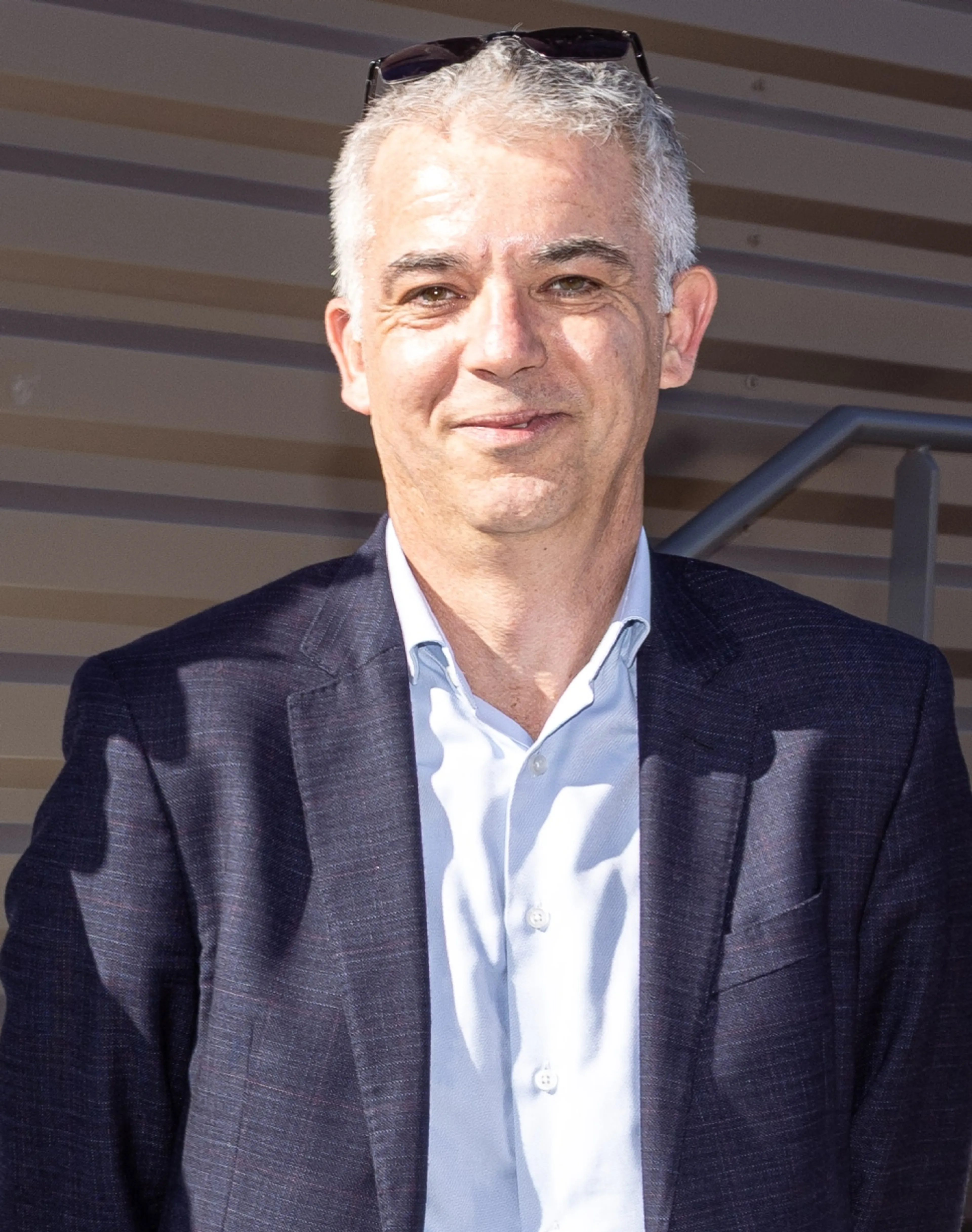
“The Battery Cell Innovation Laboratory is a key part of our battery strategy. It will enable us to improve our performance and strengthen our evaluation capabilities through closer collaboration with our partners.”
Nicolas Racquet
Director of electric vehicle engineering, Ampere
With its prototyping and characterization equipment, the laboratory will make it possible to assess the real performance of different chemistries by observing how they behave during intensive charge and discharge cycles. These data analyses are more than just tests, they are technological compasses, guiding Ampere and Renault Group in designing batteries best suited to every use.
Another ambition: to accelerate innovation. In just a few months, engineers at Lardy will be able to validate the most promising technologies and prepare them for industrialization, working hand in hand with the Group’s partners.
And the teams are already looking further ahead, toward “cobalt-free” chemistries and solid-state batteries capable of doubling energy density by 2030. These technologies are still emerging but exploring them is precisely the mission of Ampere’s laboratory. At Lardy, the future of the battery isn’t waiting for 2030, it’s already taking charge.
Lardy, a land of innovation and knowledge sharing
Historically dedicated to internal combustion powertrains, the Lardy Technical Center, created in 1951, has undergone a complete transformation. Today, it stands as a benchmark site for the development and validation of the Group’s electrified powertrains. This shift was made possible thanks to major investments in equipment, training, and innovation. The Battery Cell Innovation Laboratory is part of this dynamic, as is the E-Tech Campus, soon to open its doors to train the engineers and technicians of tomorrow’s electric vehicles.
Lardy has become a complete ecosystem where research, experimentation and training coexist to drive electric mobility forward. And it’s here, in the heart of Essonne, that the solutions powering tomorrow’s electric vehicles are taking shape.
A spark for the future
Ampere’s Battery Cell Innovation Laboratory is far more than just a new technical site — it’s a strong signal to the entire automotive industry. A signal from a Group investing in knowledge, technological mastery, and the transformation of skills.
At the Lardy Technical Center, engineers and researchers are already inventing the batteries that will make tomorrow’s electric mobility more accessible, more efficient, and more sustainable.
